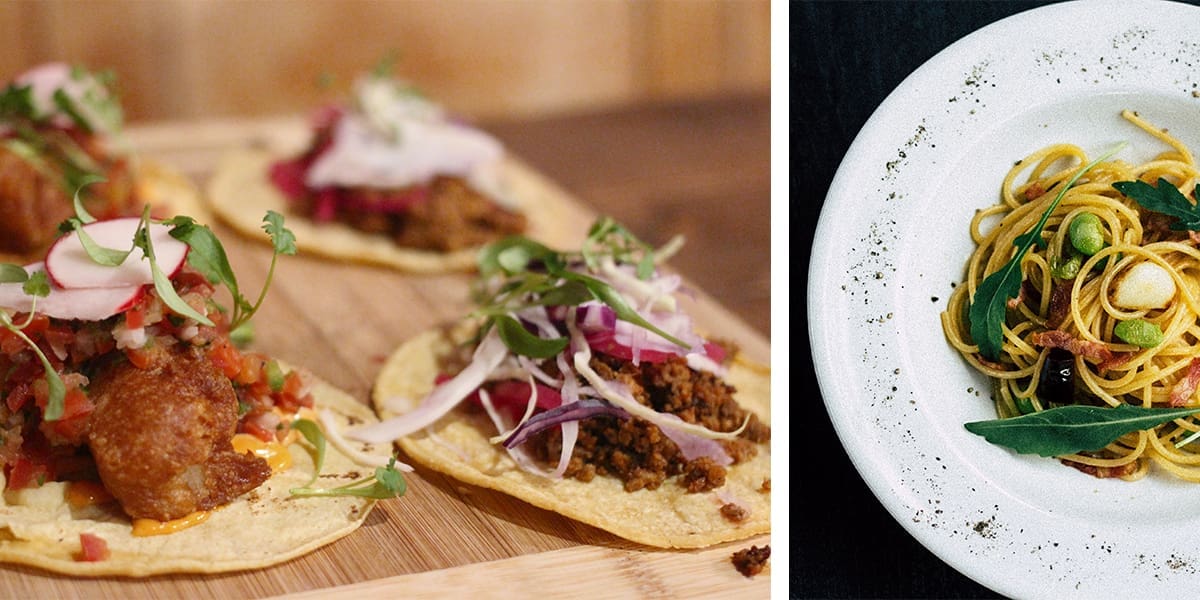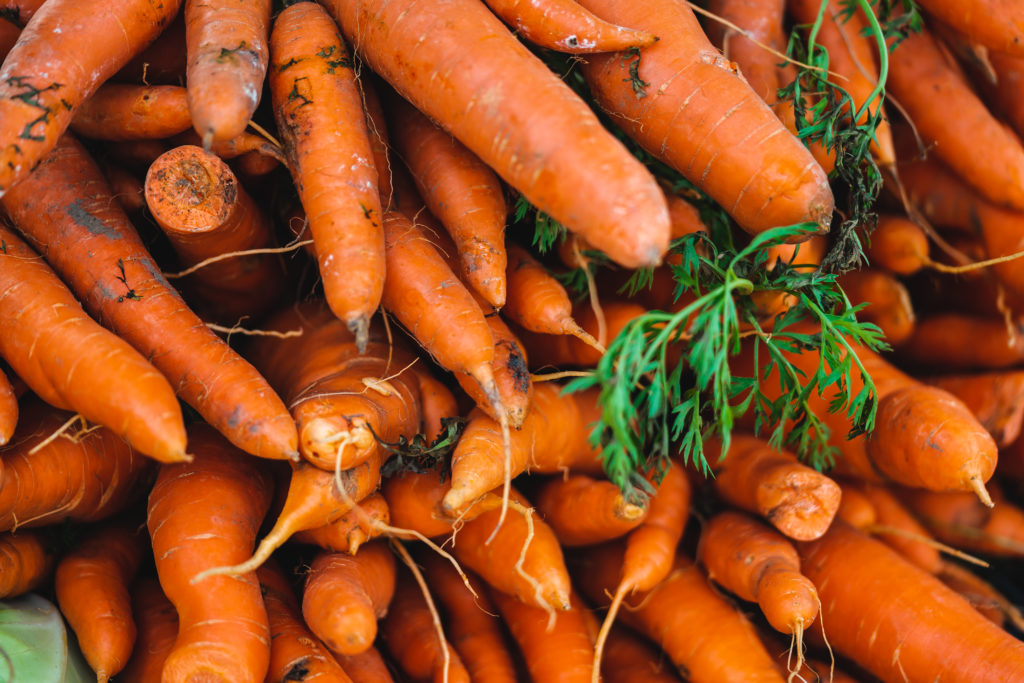
“Trend” has always been major influence on hotel food and beverage.Knowing the difference between which F&B trends have legs, and which are but a flash in the pan, however, seems an interminable task.As F&B continues to be a key point of difference for hotels, and touting what makes the guest experience unique is the essence of hotel and resort marketing, our team continues to keep track of F&B trend.This year, it’s anticipated that audiences will continue to show increased interest in plant-based proteins, alternate ingredients, sustainable practices and dialing back waste.Feast your eyes. Here are eight food and beverage trends for 2020.

Ugly Produce
Once upon a time, food that was misshapen, bruised, or otherwise less-than-perfect was traditionally tossed aside in favor of items more visually appealing. Even today, the United States alone throws away 63 million tons of food a year.Ugly produce, however, is coming into its own, amidst a mindful shift toward reducing food waste, a trend Screen Pilot first noted a few years back.Not only is reducing waste good for the bottom line, diners are increasingly comfortable receiving imperfect foods on their plate, especially when the distributing outlet or eatery clearly communicates that their intentions are not to deliver an inferior product, but rather to reduce waste and care for the environment.
Environmentally Friendly Packaging
On that same theme, consumers are demanding more sustainable practices across all facets of industry. Food and hospitality brands are responding by replacing plastic bags and Styrofoam takeout containers with paper bags, bamboo wraps or other forms of environmentally sensitive food packaging, and choosing reusable bags and recyclable boxes to transport food continues to grow in popularity.Hospitality brands such Marriott and Hilton have pledged to cut their environmental footprint in half, largely by phasing out one-time-use plastics. Considering some eight million tons of plastic get dumped into oceans, rivers, and wildlife every year, it’s only a matter of time before the trend transitions into a global movement.
Jackfruit
F&B professionals are learning to adapt as the appetite for meatless cuisine grows, and jackfruit has emerged as a hero meat substitute.Commonly grown across Southeast Asia, Africa, Brazil, even Hawaii, jackfruit can be used in dishes that traditionally require chicken or pork flavoring. The consistency is similar to pulled pork and pairs deliciously with barbeque sauce. The spiky, green guy is also low in sodium and cholesterol, high in protein, and a lauded source of iron and calcium.
Unique Cultural Fusions
Hotel F&B teams have a long history of highlighting local flavors. Now, talented kitchens are creating food mashups, combining bold and bright flavors from seemingly incongruent cuisines.Hotels around the world are embracing indigenous-inspired cuisines, including tastes from Native American, Scandinavian and Peruvian cultures. Some chefs are blending Korean spices with comforting Southern American ingredients, and mixing traditional Chinese cuisines with Peruvian flavors. Crossing culinary lines to incorporate a variety of dishes to menus won’t stop this year.
Restaurants with a Mission
It’s of increasing significant to diners which community groups, farms, artists and small businesses restaurants choose to partner, especially amongst younger generations. Restaurants with the stated mission of positively impacting their community will take the lead this year.Eateries aiming for environmental sustainability and transparency are building local partnerships, forging relationships with local farmers, and boldly proclaiming where their ingredients come from. Further, it’s increasingly cool for restaurants to donate excess to community groups and invite local artists to design their menus.
Alternative Ingredients
As the wider public becomes more aware of ingredients that support optimal gut and brain health, alternative diets that substitute unhealthy ingredients are becoming mainstream.People are opting for oat milk over dairy products, monk fruit sweeteners over sugar, and adding probiotics, collagen peptides, matcha powder and kombucha to various food and drink.
CBD
It’s too early to tell what the legacy of cannabidiol (CBD) will be, but it’s undeniable that interest it its applications have grown exponentially this past year.Lauded for treating ailments, alleviating pain, reducing anxiety and more, the oil has found its way into a myriad of products, from shampoos, to perfumes, to body oils. Unsurprisingly, CBD is also showing up on people’s plates, especially as it becomes available through local retailers and health food outlets.Cafes have begun incorporating CBD-infused ingredients in lattes, teas, even cookies. But take note, how the law and the Food and Drug Administration deal with CBD and the products its used in is still very much fluid.
Quirky, Fruity Flavors
Cactus juice, yuzu, makrut lime, pomelo … mixologists continue to seek new, unique flavors in the ongoing game of craft cocktail one-upmanship.One of the known traffic drivers for purchasing a drink at a restaurant is consumers wanting to try a new drink flavor. As such, the unique flavors and bright colors of these quirky fruits are becoming more common. Other fresh fruits appearing on drink menus include dragon fruit and prickly pear.
Did you enjoy the read?
Get original hospitality industry insights delivered to your inbox. Sign up to receive Screen Pilot’s #TrendingNow Newsletter.






